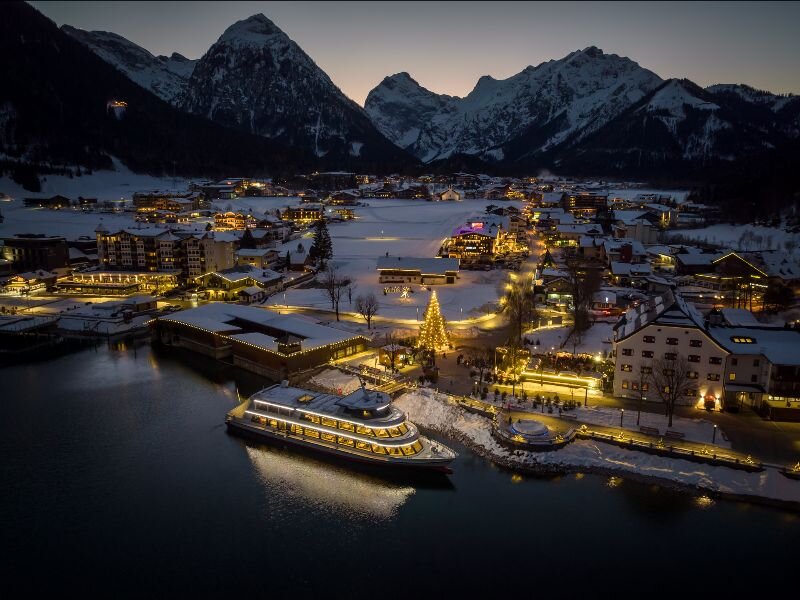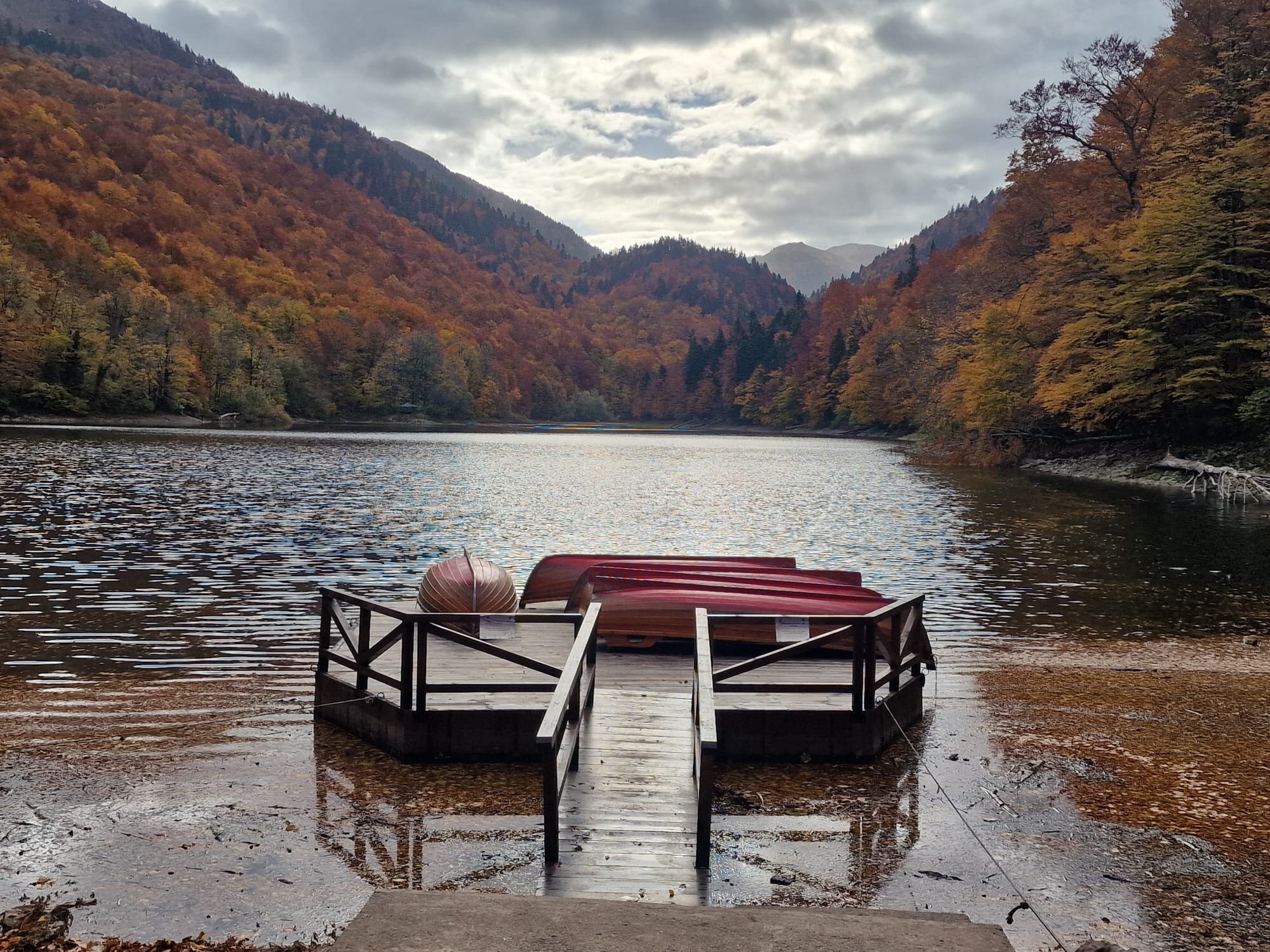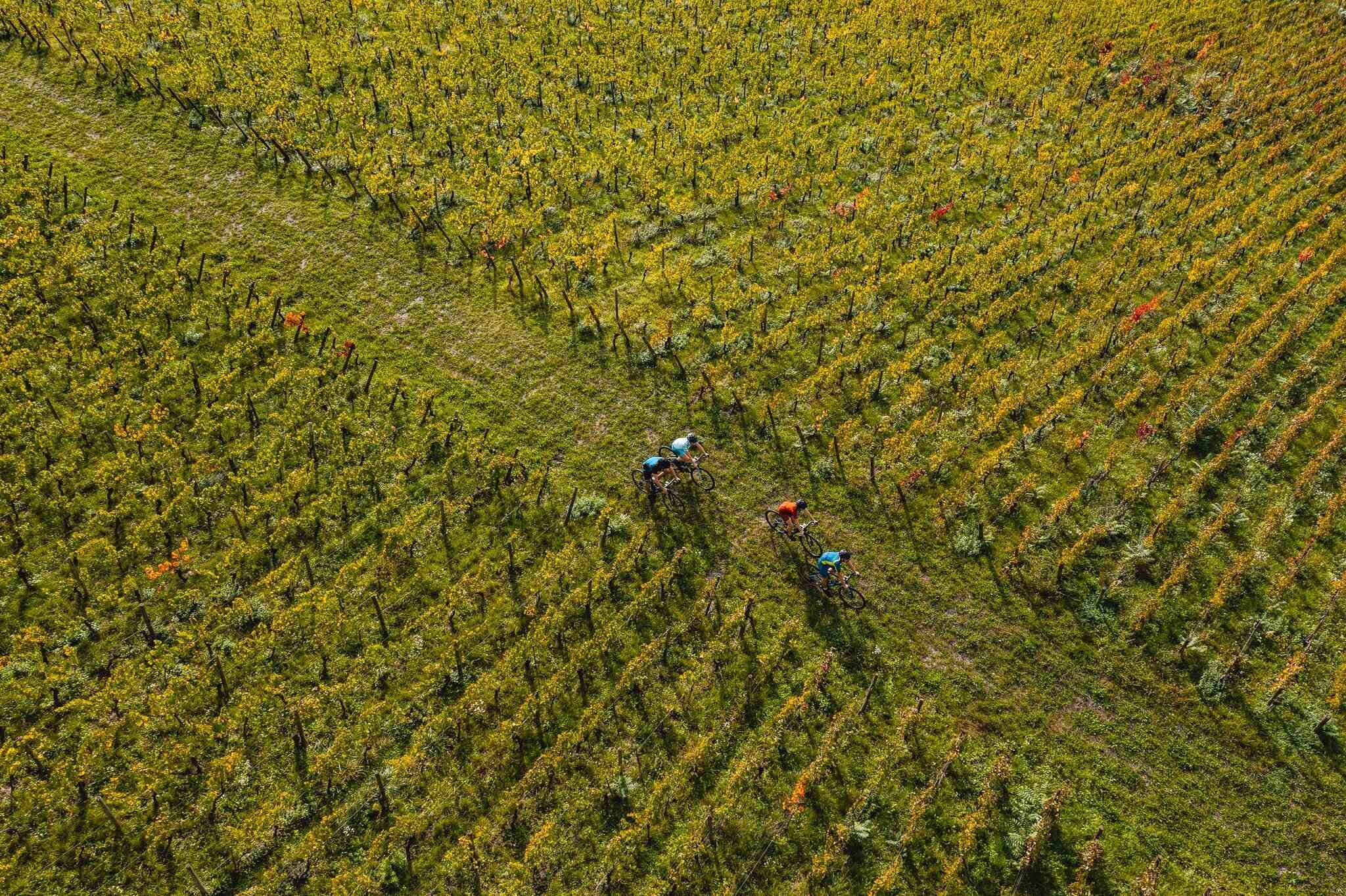
Esistono luoghi dove il paesaggio non è solo sfondo, ma racconto vivente. Il Canavese è uno di questi. Siamo nella parte settentrionale del Piemonte, ai confini con la Valle d’Aosta, tra le colline moreniche dell’anfiteatro di Ivrea e i rilievi che preannunciano l’arco alpino. Qui la natura ha scritto la sua storia con la forza del ghiaccio e del tempo, e l’uomo l’ha riscritta, generazione dopo generazione, con la vite.
Il risultato è un mosaico di muretti a secco, terrazzamenti e pergole in pietra – le celebri topie, sostenute dai pilun, pilastri che ricordano rovine di templi antichi, testimoni silenziosi di un’agricoltura eroica. È questo l’inconfondibile paesaggio culturale del Canavese, tra i più affascinanti d’Italia. Ed è anche un paesaggio da tutelare, perché fragile, autentico, profondamente radicato nella storia.
Un terroir scolpito dal ghiaccio
Il cuore vitivinicolo del Canavese si estende sull’Anfiteatro Morenico di Ivrea, uno dei complessi glaciali meglio conservati al mondo. Su questi suoli poveri e sassosi, generati dall’erosione del grande ghiacciaio Balteo, nascono tre denominazioni: Caluso DOCG, Carema DOC e Canavese DOC.
Il microclima è sorprendentemente mite per un territorio prealpino: l’influsso dei laghi, la costante ventilazione dalle valli e le forti escursioni termiche donano ai vini freschezza, eleganza e personalità. A dominare sono due vitigni simbolo: Erbaluce, bianco dalla vibrante acidità, e Nebbiolo, che qui dà vita a rossi minerali e profondi, soprattutto nel celebre Carema.
Caluso DOCG: l’Erbaluce che conquista
L’Erbaluce di Caluso DOCG è uno dei bianchi più versatili del Piemonte. Si coltiva ancora con il tradizionale sistema della pergola canavesana (topia) o in filari a guyot. Le sue versioni raccontano storie diverse: il bianco fermo è fresco, teso, perfetto anche dopo qualche anno di riposo in bottiglia; lo spumante Metodo Classico sa di finezza e mineralità; il Passito, infine, è una vera chicca da intenditori, vinificato con uve appassite in locali arieggiati e lasciato affinare per anni prima della messa in commercio.
Da provare in abbinamenti sorprendenti: non solo dessert, ma anche con formaggi erborinati, foie gras o cucina fusion.
Carema DOC: l’anima verticale del Nebbiolo
Arrampicato tra i 350 e i 700 metri d’altitudine, Carema è un piccolo miracolo della viticoltura montana. Qui il Nebbiolo assume volti nuovi: sottile, teso, sapido, con tannini cesellati dal tempo e dai venti alpini. I vini riposano per anni in botti di rovere o castagno, sviluppando complessità e profondità. Carema è un rosso per chi ama la lentezza, la mineralità, il racconto del territorio nel bicchiere.
Canavese DOC: la libertà delle sfumature
La denominazione Canavese DOC è la più ampia e duttile, con tipologie che vanno dal rosso al rosato, dal bianco allo spumante, e vitigni che spaziano da Barbera e Nebbiolo fino a Chardonnay, Freisa, Dolcetto e Erbaluce. È la porta d’ingresso perfetta per chi vuole esplorare la biodiversità del territorio sorso dopo sorso.
Una comunità che crede nel futuro
A difendere e promuovere questo paesaggio unico ci pensa il Consorzio di Tutela Caluso-Carema-Canavese, nato nel 1991 e oggi punto di riferimento per oltre 90% della produzione. E proprio per dare continuità al lavoro di recupero delle vigne abbandonate, è nata nel 2020 l’Associazione Giovani Vignaioli Canavesani: 23 aziende, 52 ettari vitati, 85.000 bottiglie che raccontano la nuova energia di questa terra.
Dove dormire
Per vivere il Canavese con charme e tranquillità, due proposte accoglienti e complementari:
Villa Soleil Hotel Ristorante – Nei pressi di Ivrea, immersa nel verde e a pochi minuti da Torino, Viverone e Biella, questa dimora del Settecento è stata trasformata in una villa di rara eleganza dall’architetto portoghese Ernesto D’Andrade, lo stesso che progettò il Borgo Medievale di Torino. Oggi Villa Soleil è un boutique hotel di grande fascino, tra soffitti a cassettoni, verande luminose e un parco con alberi secolari. Le camere, tra cui la suggestiva Royal Suite “La Locanda del Poeta”, offrono un soggiorno ricco di storia e comfort. Parcheggio privato, ambienti esclusivi per cerimonie e un ristorante d’eccellenza completano l’offerta.
Hotel Rivarolo – Design moderno, eleganza essenziale e una posizione strategica a pochi passi dal centro storico, accanto a un’area commerciale. Questo quattro stelle è l’ideale per chi cerca una base comoda e funzionale per esplorare il territorio o per un soggiorno di lavoro con vista sulle montagne. Comfort, efficienza e accoglienza in un ambiente sobrio e rilassante.
Dove mangiare
Il Ritrovo dei Poeti – Villa Soleil
All’interno della storica Villa Soleil, questo ristorante raffinato è un viaggio nei sapori della cucina italiana, con attenzione ai dettagli e alla qualità. Il contesto è suggestivo: camini d’epoca, soffitti a cassettoni, ceramiche d’arte. Una tappa gourmet che unisce bellezza architettonica e ricerca gastronomica, a due passi da Ivrea.
Antica Locanda dell’Orco – Rivarolo Canavese
Sotto la guida dello chef Giuseppe Randisi, la tradizione piemontese prende forma in piatti autentici e creativi: vitello tonnato, agnolotti, finanziera, fritto misto e bagna cauda, senza dimenticare proposte vegetariane e dolci fatti in casa. L’ambiente è caldo e accogliente, con un dehor nel verde per le giornate estive e sale riservate ideali per pranzi di lavoro o momenti speciali. Un indirizzo da non perdere per chi cerca gusto, identità e ospitalità.
Caluso, Carema and the Canavese: where vines meet the mountains
There are places where the landscape is not just a backdrop, but a living story. The Canavese is one of them. We are in the northern part of Piedmont, bordering the Aosta Valley, between the morainic hills of the Ivrea amphitheater and the rising foothills of the Alps.
Here, nature has written its history with ice and time, and humankind has rewritten it, generation after generation, through the vine.
The result is a mosaic of dry-stone walls, terraced slopes, and stone pergolas — the famous topie, supported by pilun, columns that recall the ruins of ancient temples, silent witnesses to heroic viticulture. This is the unmistakable cultural landscape of the Canavese: one of the most fascinating in Italy. A landscape worth protecting — fragile, authentic, and deeply rooted in history.
A terroir shaped by glaciers
The wine heart of the Canavese stretches across the Ivrea Morainic Amphitheater, one of the best-preserved glacial systems in the world.
On these poor, stony soils — carved out by the ancient Balteo glacier — three appellations are born: Caluso DOCG, Carema DOC, and Canavese DOC.
Surprisingly mild for a pre-Alpine area, the microclimate is shaped by the influence of nearby lakes, constant valley breezes, and wide temperature ranges between day and night. This gives the wines freshness, elegance, and character. Two grape varieties dominate: Erbaluce, a white with vibrant acidity, and Nebbiolo, which here yields mineral, deep reds — especially in the famed Carema.
Caluso DOCG: the many faces of Erbaluce
Erbaluce di Caluso DOCG is one of the most versatile white wines in Piedmont. It’s still grown using the traditional pergola canavesana (topia) system or trained in Guyot rows.
Its different versions tell different stories: the still white is fresh and taut, perfect even after a few years of bottle aging; the Classic Method sparkling wine is all finesse and minerality; and the Passito is a hidden gem for true wine lovers — made from dried grapes in well-ventilated rooms and aged for years before release.
Try it with unexpected pairings: not only desserts, but also blue cheeses, foie gras, or fusion cuisine.
Carema DOC: Nebbiolo’s vertical soul
Clinging to steep slopes between 350 and 700 meters above sea level, Carema is a small miracle of mountain winemaking.
Here, Nebbiolo takes on a new identity: fine, taut, and savory, with tannins sculpted by time and Alpine winds. The wines age for years in oak or chestnut barrels, developing complexity and depth.
Carema is a red for those who love slowness, minerality, and the deep voice of the land in a glass.
Canavese DOC: a world of nuances
The Canavese DOC appellation is broader and more flexible, offering reds, rosés, whites, and sparkling wines. Grape varieties range from Barbera and Nebbiolo to Chardonnay, Freisa, Dolcetto, and Erbaluce.
It’s the perfect gateway for anyone wanting to explore the biodiversity of this land, one sip at a time.
A community invested in the future
The unique character of this landscape is protected and promoted by the Caluso-Carema-Canavese Wine Consortium, established in 1991 and now representing over 90% of production.
To ensure continuity in reclaiming abandoned vineyards, the Young Canavese Winemakers Association was founded in 2020. It includes 23 wineries, 52 hectares under vine, and 85,000 bottles that embody the new energy of this land.
Where to stay
To fully enjoy the Canavese with charm and tranquility, here are two welcoming and complementary options:
Villa Soleil Hotel & Restaurant – Near Ivrea, surrounded by greenery and just a short drive from Turin, Viverone, and Biella, this 18th-century residence was transformed into an elegant villa by Portuguese architect Ernesto D’Andrade — the same mind behind Turin’s Medieval Village.
Today, Villa Soleil is a boutique hotel full of charm, with coffered ceilings, bright verandas, and a park filled with centuries-old trees. The rooms, including the evocative Royal Suite “La Locanda del Poeta”, offer a stay rich in history and comfort. Private parking, exclusive spaces for events, and a fine restaurant complete the experience.
Hotel Rivarolo – Modern design, understated elegance, and a strategic location just steps from the historic center and adjacent to a shopping area.
This four-star hotel is ideal for those seeking a practical and comfortable base to explore the region or for a business stay with mountain views. Comfort, efficiency, and a warm welcome in a relaxing, minimalist setting.
Where to eat
Il Ritrovo dei Poeti – Villa Soleil
Located within the historic Villa Soleil, this refined restaurant is a journey through the flavors of Italian cuisine, with attention to quality and detail. The setting is charming: antique fireplaces, coffered ceilings, and artisanal ceramics.
A gourmet stop that blends architectural beauty with culinary creativity, just minutes from Ivrea.
Antica Locanda dell’Orco – Rivarolo Canavese
Under the guidance of chef Giuseppe Randisi, traditional Piedmontese cuisine takes center stage in both authentic and inventive dishes: vitello tonnato, agnolotti, finanziera, mixed fried platters, and bagna cauda, as well as vegetarian options and homemade desserts.
The atmosphere is warm and welcoming, with a garden terrace for summer days and intimate rooms perfect for business lunches or special moments. A must-visit for those seeking flavor, identity, and genuine hospitality.









